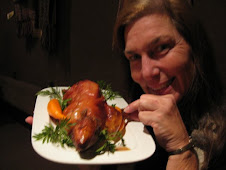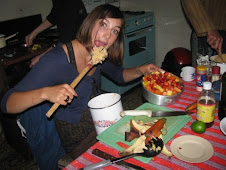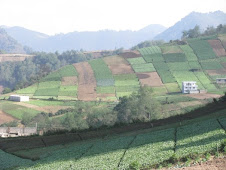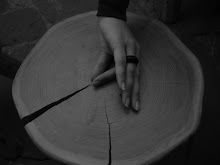Dill & Radish Deviled Eggs
(This recipe does not come with measurements, so just keep testing the flavor and texture until it's the way you like it.)Leeks- in place of onions, that we don't have this time of year
Raddishes- I used mild French Breakfast raddishes, but would have preferred something with more spice and bite.
Dill- freshly picked from the dome green-house
Mustard Flowers- great mustard flavor, and bright garnish
Salt, Pepper, and Paprika- store bought, except for the pepper that I harvested on a farm in Belize
-Hard boiled eggs are always a struggle for me, but I followed James Beard's instructions and started the eggs in cold water, brought them to a boil, cooked for 10 minutes, and put them straight into cold water.
-When cool, I sliced them in half, scooping out the deep yellow yolks. I mixed the yolks with the mayo, finely chopped leeks, raddishes, dill (lots of it), and salt and pepper.
-After scooping a dollop of filling back into each egg-white, I added a small bunch of mustard flowers and sprinkled with paprika.
This, I'm sure, was only the beginning of my Deviled Egg experiment for the summer.
-Wisk egg yolks with a pinch of salt
-Keep wisking, adding oil one drop at a time (We didin't have an electric mixer, but I hope you do!) until a quarter of the oil has been blended
-At this point, beat in the vinegar, and then return to wisking in the remaining oil.
-The mayo should be thick and creamy, and will ticken even more in the refrigerator.

















